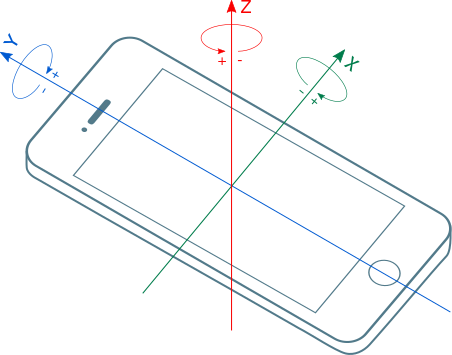The Accessible Rich Internet Applications Working Group invites implementations of two documents:
- WAI-ARIA Graphics Module (Graphics-ARIA): Assistive technologies need semantic information about the structures and expected behaviors of a document in order to convey appropriate information to persons with disabilities. This specification defines a WAI-ARIA 1.1 [WAI-ARIA-1.1] module of core roles specific to web graphics. These semantics allow an author to express the logical structure of the graphic to assistive technologies in order improve accessibility of graphics. Assistive technologies could then enable semantic navigation and adapt styling and interactive features, to provide an optimal experience for the audience. These features complement the graphics and document structure elements defined by HTML [HTML52] and SVG [SVG2].
- Graphics Accessibility API Mappings (Graphics-AAM): The Graphics Accessibility API Mappings defines how user agents map the WAI-ARIA Graphics Module [GRAPHICS-ARIA-1.0] markup to platform accessibility APIs. It is intended for user agent developers responsible for accessibility in their user agent so that they can support the accessibility of graphics such as that created for [SVG] or [HTML52]. The implementation of this specification in user agents enables authors to produce more accessible graphics by conveying common graphics semantics to assistive technologies. It provides Accessibility API Mapping guidance for the roles defined in the WAI-ARIA Graphics Module [GRAPHICS-ARIA-1.0].
These documents are part of the WAI-ARIA suite described in the WAI-ARIA Overview.

